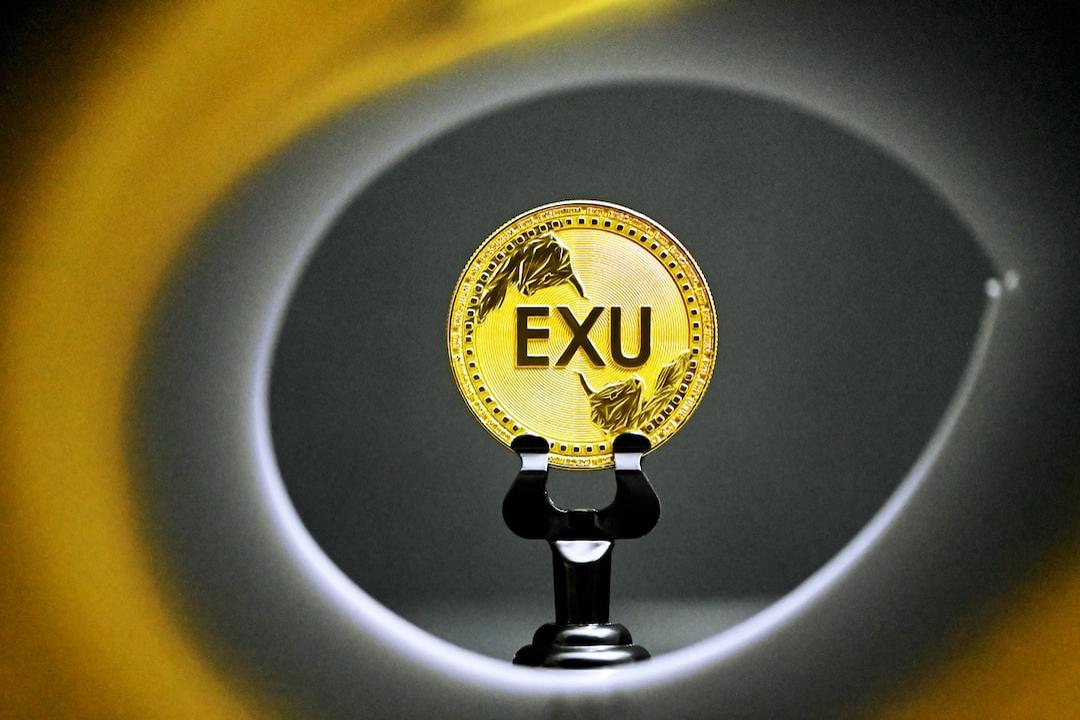What Happened?
In response to the South Korean government’s promotion of cryptocurrency-friendly policies and plans to legalize the Korean won stablecoin, KakaoBank announced its active participation in the issuance and custody of stablecoins, showcasing its strong ambition to seize future digital financial opportunities.
To highlight its reliability, KakaoBank emphasized that the company possesses substantial relevant experience. This includes participation in the Bank of Korea’s Central Bank Digital Currency (CBDC) experiment, as well as customer verification (KYC) and anti-money laundering (AML) risk management practices accumulated over three years of providing real-name account services for cryptocurrency exchanges, demonstrating its capability to ensure the security and stability required for stablecoins.
KakaoBank’s greatest advantage lies in its substantial scale. It has nearly 26 million users, covering almost half of South Korea’s population. This vast existing customer base provides an unparalleled potential market and ecosystem foundation for its future expansion of digital asset services such as stablecoins, making its every move potentially impactful on the South Korean financial market.
Official Confirmation of Plans, Emphasizing Stability and Technological Strength
Recently, KakaoBank, an online bank under South Korea’s IT giant Kakao, announced that it will “actively participate” in the digital asset ecosystem and is evaluating various service options, including stablecoin issuance and custody. This move is seen as a direct response to newly elected President Lee Jae-myung’s push for cryptocurrency-friendly policies, signaling a new transformation in South Korea’s digital financial market.
During a financial report conference call in the first half of 2025, KakaoBank’s Chief Financial Officer Kwon Tae-hoon explicitly stated that the company is closely collaborating with the stablecoin task force of its parent company, Kakao Group, to jointly plan a blueprint for entering the digital asset field.
Kwon emphasized, “Stability and technological strength are the most critical factors for stablecoins.” He pointed out that KakaoBank already has solid experience in this regard, including participation in the Central Bank Digital Currency (CBDC) experiment and extensive risk management experience.
KakaoBank has previously collaborated with the Bank of Korea to successfully conduct tests on digital wallet opening, transactions, and remittances. Meanwhile, for the past three years, it has continuously provided real-name verification account services to cryptocurrency exchanges and has actively implemented KYC and AML monitoring measures during this process.
These experiences have given KakaoBank confidence in handling the compliance and security required for digital assets.
Policy Benefits and Market Trends
KakaoBank’s actions are closely tied to the current political climate in South Korea. Newly elected President Lee Jae-myung promised during his campaign to promote a stablecoin market linked to the Korean won to prevent capital outflow, and under his leadership, the ruling party has submitted a bill to establish a regulatory framework for the Korean won stablecoin.
The market reacted swiftly; in addition to KakaoBank, its sister company in the payment sector, KakaoPay, had already applied for stablecoin-related trademarks in June. Competitor Kookmin Bank also took simultaneous action. Reports indicate that at least eight major South Korean banks plan to launch won-linked stablecoins by 2026.
Strong Operational Performance, but Market Reaction is Tepid
Currently, the number of cryptocurrency users in South Korea has surpassed 16 million, accounting for over 30% of the total population, demonstrating strong market potential.
KakaoBank itself has a solid foundation. As of the first half of this year, its user base reached 25.86 million, approximately half of South Korea’s population. Its operating profit for the first half of the year increased by 11% compared to the same period last year, reaching 353.2 billion won (approximately 254 million USD), while total deposit balances grew by 19%, reaching 63.7 trillion won (approximately 45.8 billion USD).
Despite the company’s strong fundamentals and clear plans, the capital market’s response to this news has been relatively lukewarm. Compared to the 19.3% surge in stock price when the application for the stablecoin trademark was first reported in June, the stock price saw only a slight increase after this financial report meeting, closing at 27,150 won (approximately 19.60 USD) on the latest trading day. This may indicate that the market has already priced in relevant expectations.
With its vast user base, rich fintech experience, and government policy support, KakaoBank is strategically positioning itself as a key player in South Korea’s future stablecoin market.
References: The Block, Cointelegraph

